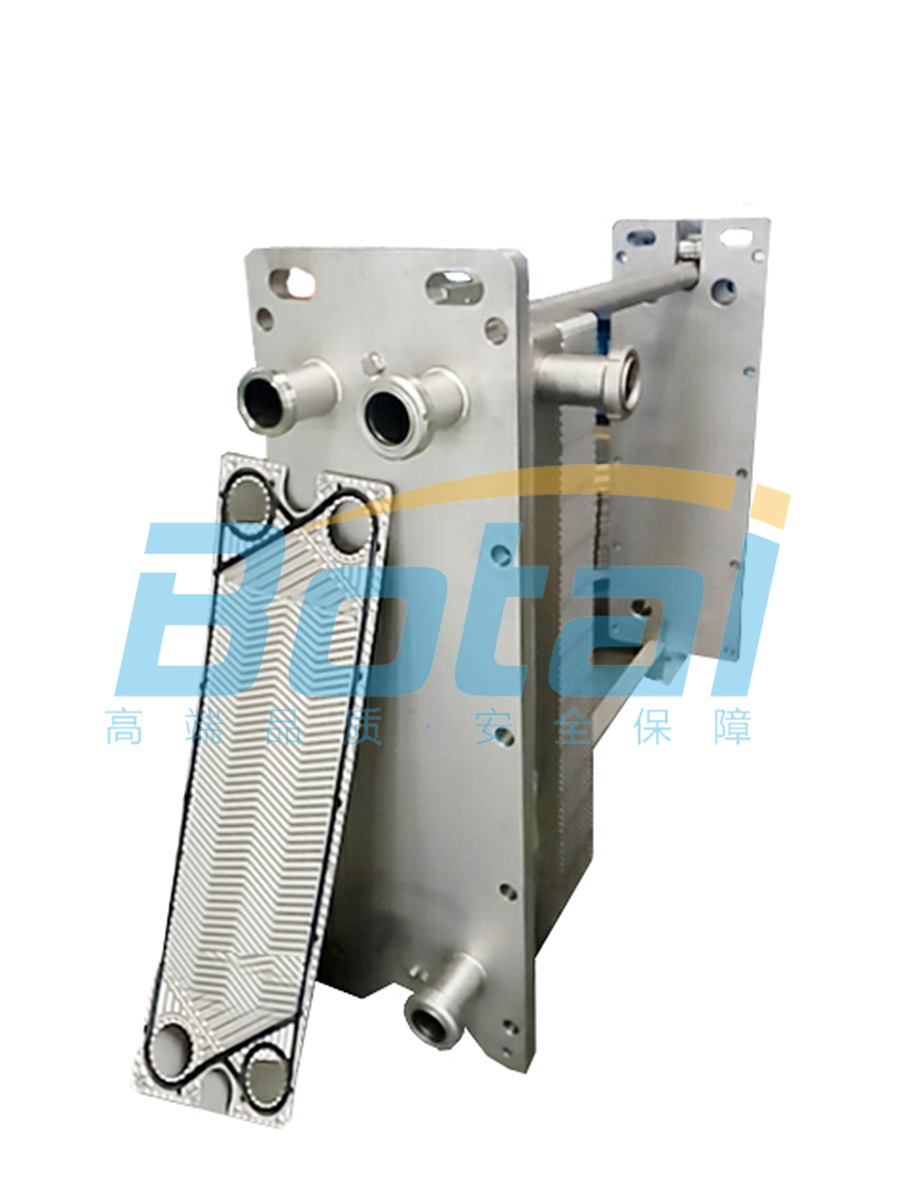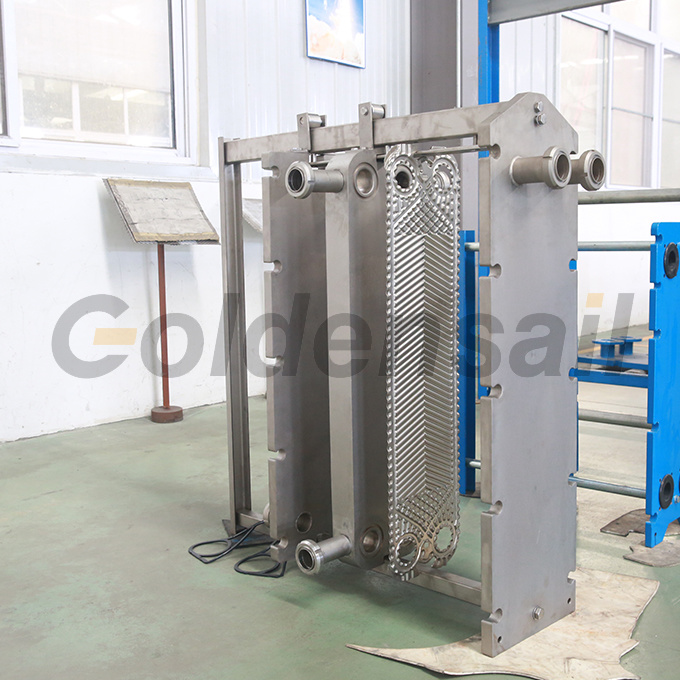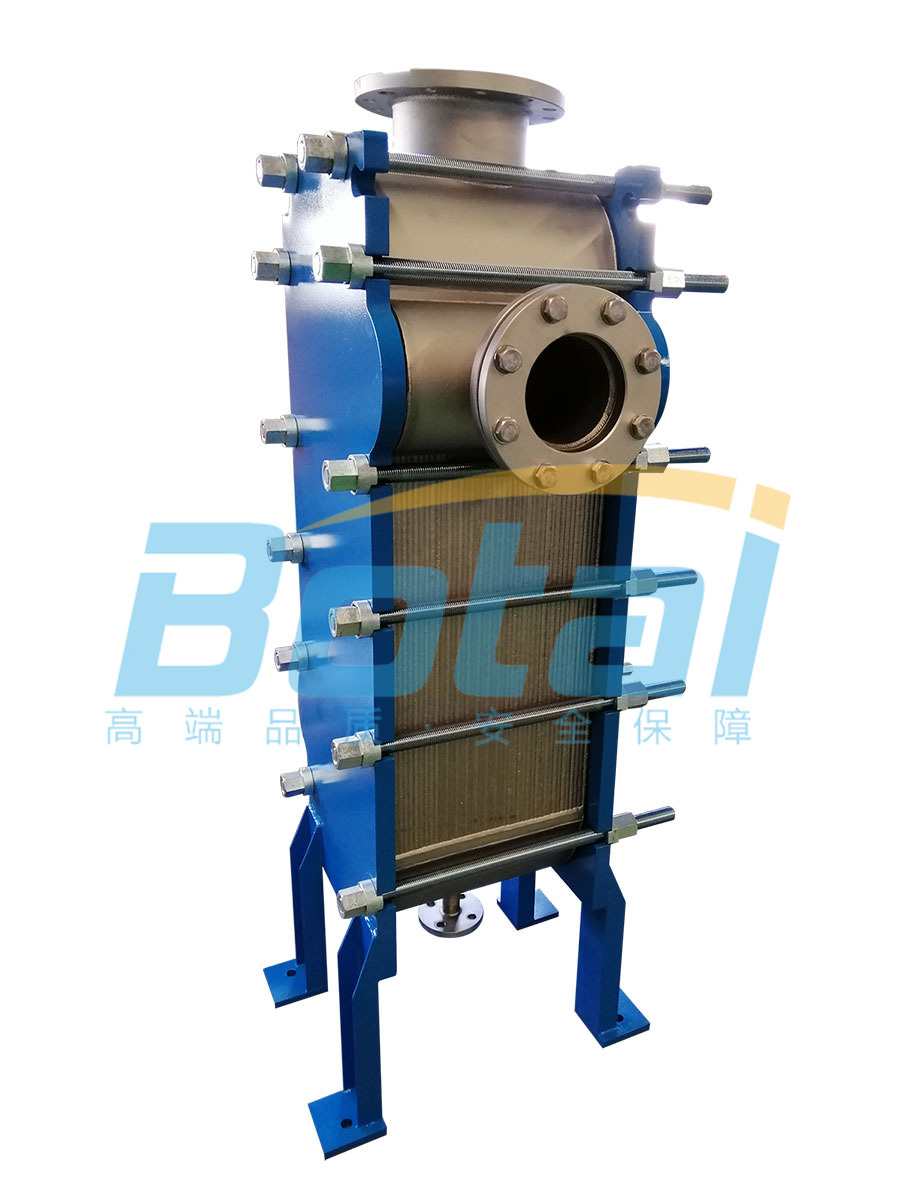Tianjin Botai Heat Exchange Equipment Co.,Ltd
Installation methods and precautions for food-grade plate heat exchangers
2020-07-09
The installation of food-grade plate heat exchangers is determined by their structural characteristics, making them relatively convenient and flexible to install. Below, we will explain the installation methods and precautions for food-grade plate heat exchangers. Regarding the assembly of components of food-grade plate heat exchangers, whether the manufacturer ships the components to the user unit for on-site assembly, or the user unit disassembles the food-grade plate heat exchanger during equipment maintenance and then reassembles it, it must be done in the specified order.

Food-grade plate heat exchangerThe installation is determined by its structural characteristics, making it relatively convenient and flexible to install. Below, I will explain the installation methods and precautions.Food-grade plate heat exchangerInstallation methods and precautions.AboutFood-grade plate heat exchangerthe assembly of components, whether the manufacturer ships components to the user unit for on-site assembly, or the user unit assembles them after disassembling the equipment for maintenance,Food-grade plate heat exchangerit must be done in the specified order.

Food-grade plate heat exchangerPrecautions during the installation process:
1、Food-grade plate heat exchangerThere are4lifting holes for hoisting use; the heat exchanger frame or plate group should not be directly tied with lifting ropes, and care should be taken to consider the center of gravity of the equipment during hoisting.
2、Food-grade plate heat exchangerDuring installation, to facilitate maintenance and cleaning, a certain space should be left at both ends of the heat exchanger.
3、Food-grade plate heat exchangerBefore installation, check whether the inlet and outlet of the hot and cold media in the pipeline are consistent with the connecting pipes on the plate heat exchanger. It is recommended to install thermometers and pressure gauges at the inlet and outlet positions to observe the temperature and pressure of the media at any time.
4、Food-grade plate heat exchangerIt must not operate under conditions exceeding the nameplate specifications. The clamping dimensions of the heat exchanger and the temperature and pressure of the heat exchange medium should be checked and analyzed to prevent abnormal operation of the heat exchanger.
5If the heat exchange medium is relatively turbid or contains solid particles, a filtering device should be installed at the inlet pipeline of the medium;
6Before formal operation, theFood-grade plate heat exchangerpipeline should be cleaned to prevent welding slag or sand and gravel from entering the heat exchanger, causing blockage and wear, affecting the heat exchange effect and service life;
7If the outlet pressure of the pump is greater thanFood-grade plate heat exchangerthe working pressure, a pressure reducing valve and safety valve should be installed at the inlet of the heat exchanger.
Previous Page:



